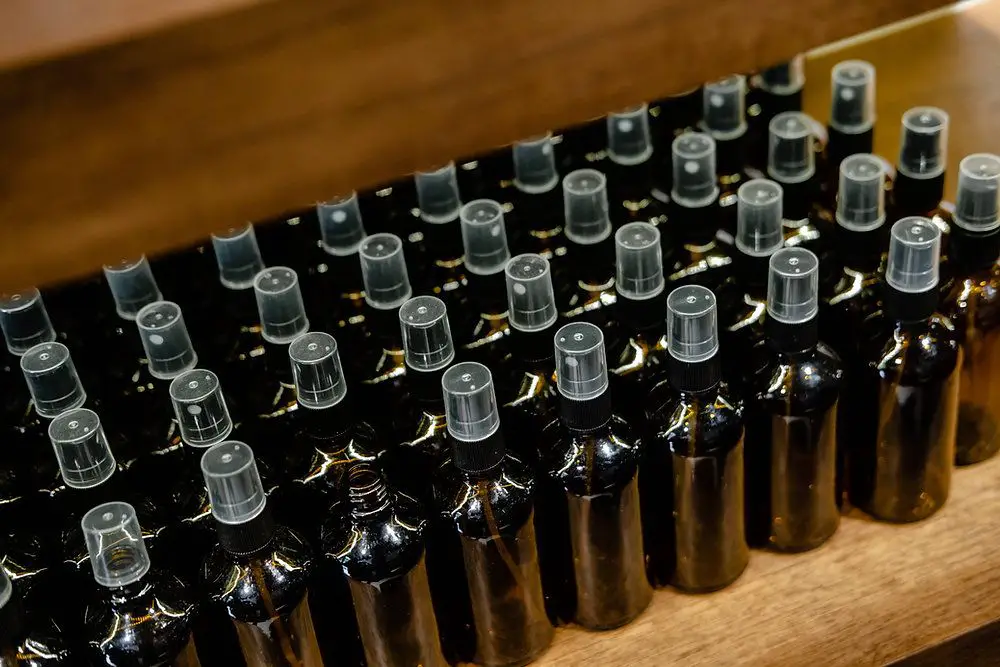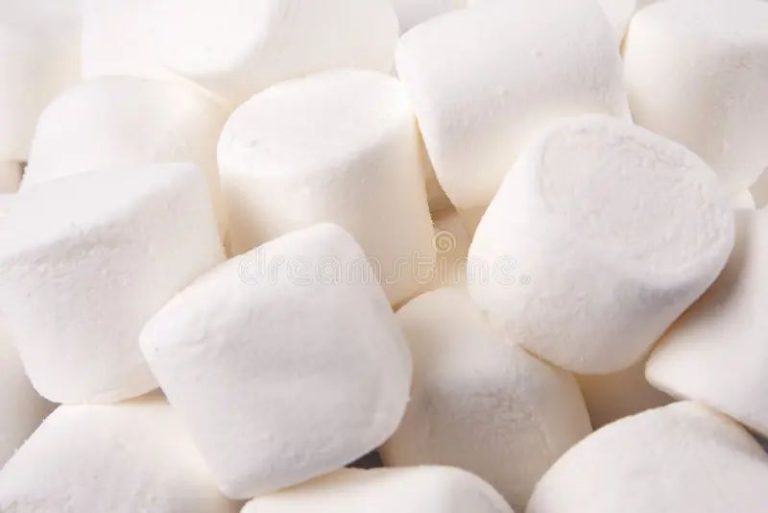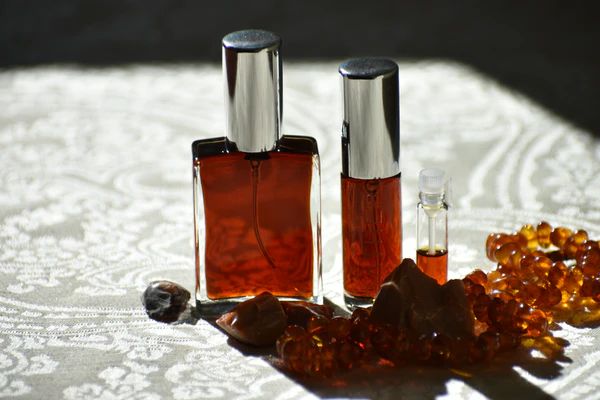What Lasts Longer Essential Oils Or Fragrance Oils?
Introducing Essential Oils and Fragrance Oils
Essential oils are highly concentrated oils extracted from plants like lavender, peppermint, rosemary, and eucalyptus. They are made through distillation or mechanical methods like cold pressing. Essential oils contain the true essence and aroma of the plant they come from. They are used in aromatherapy, personal care products, cleaning products, and more for their fragrance and therapeutic benefits.
Fragrance oils are synthetic or nature-identical oils that attempt to replicate a scent. They are artificially created in labs instead of being directly extracted from plants. Fragrance oils are used to scent products like perfumes, candles, soaps, and cosmetics. They may contain some natural components but are not 100% pure plant extracts like essential oils.
The key differences are that essential oils come directly from plants and contain only plant extracts, while fragrance oils are synthetic and try to mimic aromas. Essential oils also offer potential therapeutic benefits, while fragrance oils are used mainly for their scent. In terms of uses, essential oils are preferred for aromatherapy, while both can be used in personal care and home fragrance products.
Sources:
https://nikura.com/blogs/discover/essential-oils-vs-fragrance-oils-whats-the-difference
How Essential Oils and Fragrance Oils Are Made
Essential oils are extracted from plants using a few different methods, with steam distillation being the most common. Steam distillation involves heating plant materials to release the aromatic compounds, which are then carried away by steam and condensed back into a liquid form (A Comprehensive Guide to Essential Oil Extraction Methods, https://www.newdirectionsaromatics.com/blog/articles/how-essential-oils-are-made.html). Other methods include expression, enfleurage, maceration, and solvent extraction.
In contrast, fragrance oils are artificially created in a lab by chemists. They mix together compounds to try to mimic natural scents and aromas. The ingredients that make up fragrance oils are synthetic substances created in a laboratory setting (How Are Essential Oils Made?, https://www.tilleydistribution.com/how-are-essential-oils-made/). This allows fragrance oil manufacturers to have more control and consistency in fragrance oils, while essential oils can vary more batch to batch.
Essential Oil Shelf Life
Essential oils do not technically expire or go bad in the same way that food or other perishable items do. However, essential oils can deteriorate in quality and effectiveness over time due to oxidation. Proper storage is key to extending the shelf life of essential oils.
Oxidation occurs when the molecules in essential oils react with oxygen, changing their chemical structure. This can lead to a loss of aroma, decrease in therapeutic benefits, and potential skin irritation. However, with proper handling and storage, essential oils can maintain potency for many years.
To slow oxidation and prolong shelf life, essential oils should be stored in dark amber or blue colored bottles. This shields the oil from light which accelerates oxidation. Bottles should also remain tightly sealed and stored in a cool, dark place. Refrigeration is ideal for extending shelf life. Most sources cite a shelf life of 1-3 years for properly stored essential oils before oxidation effects become noticeable.
Signs that an essential oil has oxidized include diminished aroma, change in color, and separation in the bottle. Oils may also feel thicker or leave residue on the skin. While oxidized oils are safe to use in aromatherapy, they should be avoided for skin application as they may cause irritation. Proper handling and storage makes essential oils long-lasting.
Fragrance Oil Shelf Life
Fragrance oils generally have a shelf life of 1-2 years before the scent starts to degrade and lose its potency. Proper storage is key for maximizing the lifespan of fragrance oils. According to sources, fragrance oils should be stored in tightly sealed containers and kept away from light, heat, and oxygen exposure which can all contribute to deterioration of the fragrance over time 1.
The exact shelf life depends on the particular fragrance oil formula and ingredients used. Those with a higher concentration of top notes, which tend to be more volatile, will lose their scent more quickly. Base notes last longer. Simple single note scents may last closer to 1 year, while complex blended fragrance oils can retain their scent for up to 2 years if stored properly.
Comparing Longevity in Products
When comparing the lifespan of essential oils and fragrance oils in different products, there are some key differences to note:
In diffusers, essential oils will generally last longer than fragrance oils. The natural chemical compounds in essential oils make them more resistant to evaporation and oxidation. Fragrance oils contain synthetic aroma chemicals that tend to degrade faster over time.
In candles, fragrance oils often outperform essential oils in longevity. The synthetic compounds in fragrance oils are designed to hold up to high heat and dispersal better. Essential oils can lose their aroma more quickly when continually heated and evaporated from the wax pool.
When used in soaps and other bath products, essential oils and fragrance oils tend to have more comparable lifespans. Both can lose their scent over the course of weeks as the product is used. However, some essential oils like citrus oils deteriorate faster than synthetics when exposed to light, air, and moisture.
Overall, essential oils and fragrance oils have advantages and disadvantages when it comes to longevity in different products. Considering the application and environment can help determine which oil is the optimal choice.
Oxidation and Aging
Essential oils can undergo oxidation over time, which causes them to lose their potency and therapeutic benefits. This is because the chemical components in essential oils react with oxygen, resulting in deterioration. As an essential oil oxidizes, its aroma and color may change. The oxidation process also leads to the formation of compounds like peroxides and aldehydes, which can cause skin irritations. Citrus oils like lemon and orange are more prone to oxidation compared to woody oils like cedarwood and sandalwood.
With fragrance oils, the notes tend to fade at different rates due to differences in volatility. The top notes, which give an initial burst of aroma, fade the fastest. These are typically made from ingredients with smaller, lighter molecules like citrus and herbs. The middle or heart notes emerge next and form the main sensory experience. Ingredients like florals and fruits are often used here. Finally, base notes have larger, heavier molecules that evaporate slowly, creating lingering scents. Scents like vanilla, woods, and musks are common base notes. As the fragrance oil ages, the top notes dissipate first, the middle notes soften, and the base notes remain present but weakened.
To minimize oxidation and fading, essential oils and fragrance oils should be stored properly in dark, cool places in tightly sealed containers. However, degradation will still occur over months and years of storage. Ultimately, the longevity depends on the individual oil’s composition and storage conditions.
Sources:
https://www.fragrancex.com/blog/fragrance-oils-vs-essential-oils/
https://www.freshskin.co.uk/blog/essential-oil-notes-explained/
Maximizing Shelf Life
To maximize the longevity of essential oils, proper storage and handling is crucial. Here are some tips:

- Store oils in dark glass bottles to limit light exposure. UV rays can degrade the aromatic compounds in essential oils over time.
- Keep bottles tightly closed to prevent oxidation. Oxygen can react with and break down the chemical components.
- Store oils in cool, dry places away from heat and humidity. Ideal storage temperature is 50-70°F.
- Only open bottles when in use. Limiting air exposure will slow oxidation.
- Do not transfer oils into plastic containers, which can leach chemicals.
- Avoid contamination – do not touch dropper to skin or surfaces. Keep dust and particles away.
- Use oils within 1-2 years for best potency. Write the purchase date on the bottle.
Properly stored essential oils can retain their aroma and benefits for many years. But over time, the concentration of active compounds will diminish. Following these guidelines can help extend essential oil shelf life.
Signs of Expiration
There are a few key signs that indicate essential oils have expired or gone bad:
Changes in aroma – Fresh essential oils have a strong, pronounced aroma. As the oils start to oxidize and degrade, they lose their aroma and may develop an unpleasant smell. The aroma may become very faint or just “off.”
Changes in color – Some essential oils darken with age. For example, lemon and lemongrass oils turn cloudy. Frankincense and ravintsara can turn amber. If you notice obvious discoloration, it’s a red flag.
Changes in viscosity – Most fresh essential oils have a watery, fluid texture. As they expire, the viscosity changes and oils will feel thicker or stickier. The oil may also separate and become cloudy.
Always do an aroma and visual inspection of essential oils before use. If you notice changes in aroma, color, or texture, the oil has likely expired and should be discarded. Trust your senses – if something seems off, don’t risk using an expired oil. Check this reference for photos of expired essential oils.
Safety
When essential oils and fragrance oils expire and go rancid, they can become irritating or even dangerous to use. Rancid oils contain free radicals that can cause skin irritation, inflammation, and allergic reactions in some individuals (source).
Always perform a skin patch test with a small amount of an expired oil before using it topically or in a diffuser. Discontinue use if any irritation occurs. It’s safest to discard oils that smell off or don’t seem as potent. Expired oils should never be ingested, as consumption heightens the risk for adverse effects.
Stick to the recommended shelf life for essential oils and fragrance oils. While some degradation over time is normal, rancid oils with high levels of oxidation can pose risks. When in doubt, don’t use an oil that seems old or compromised in quality.
The Verdict
When comparing the shelf life and longevity of essential oils versus fragrance oils, essential oils tend to have a longer lasting aromatic quality overall. Though fragrance oils have a typical shelf life of 1-2 years, essential oils can retain their aroma for 2-4 years or longer if stored properly. The natural chemical composition of essential oils makes them more resistant to oxidation and deterioration over time. While fragrance oils provide manufactured perfumery, essential oils contain the true essence of the plant, fruit, or herb they are extracted from. This allows the aroma of essential oils to remain more true to the original botanical source for a longer period. Though essential oil quality can degrade slowly, the aroma often lasts significantly longer than fragrance oils. So for the individual seeking a long-lasting natural aroma, high quality essential oils are the better choice.





